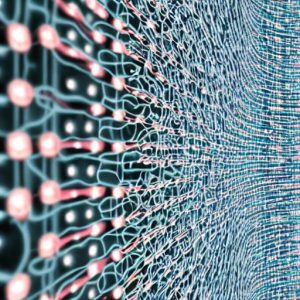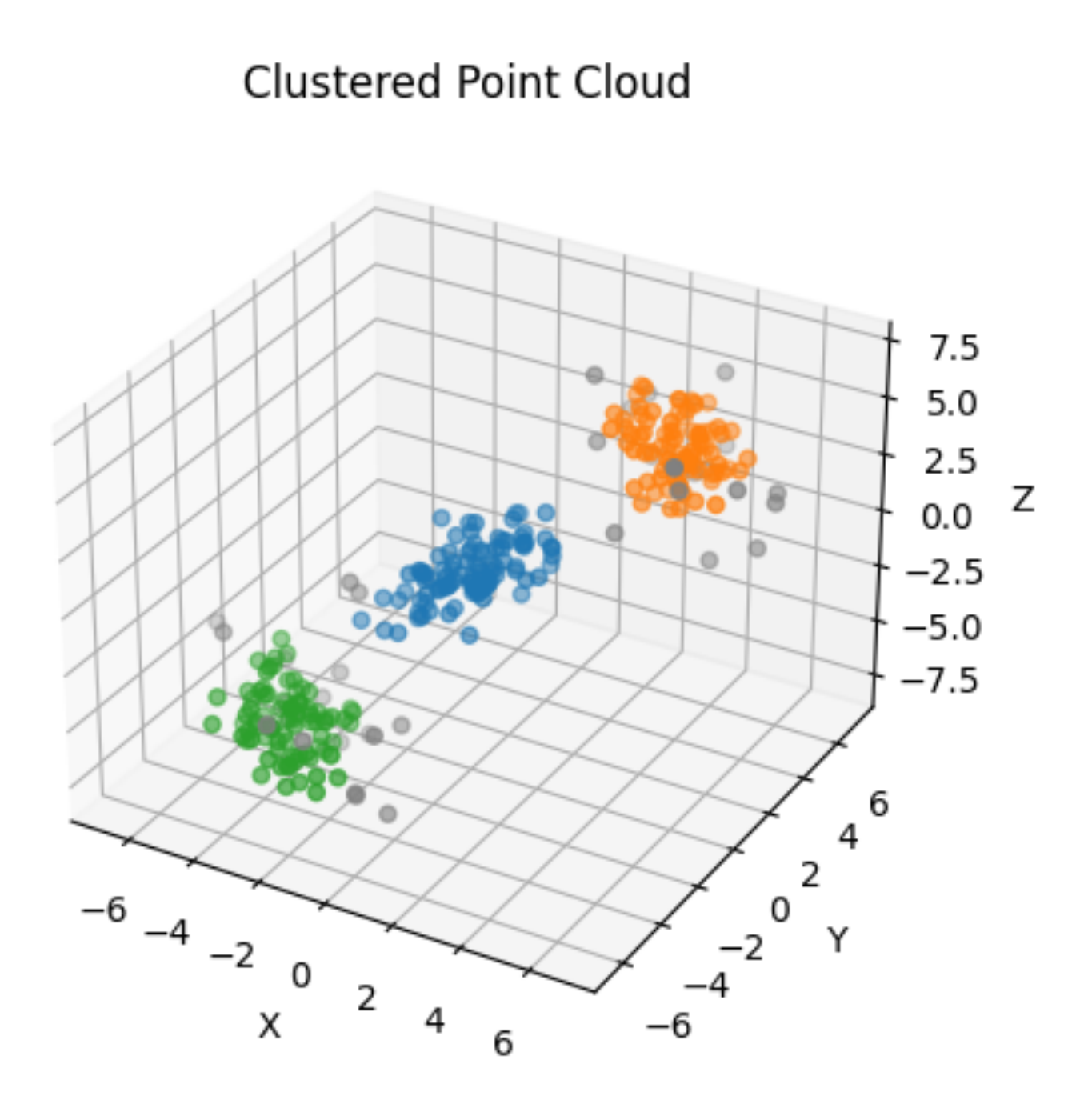
In today’s data-driven world, where information is constantly being generated, the ability to identify and respond to anomalies has become a critical need. Anomalies, defined as rare events or deviations from expected behavior, can signal critical issues, security breaches, or valuable insights buried in massive data sets. Traditional rule-based approaches and manual inspection often fall short when faced with the complexity and volume of today’s data. This is where neural networks come into play, providing a powerful tool for the detection of anomalies in data.
Neural networks, also known as artificial neural networks or simply ANNs, are computational models inspired by the structure and functionality of biological neural networks in the human brain. They consist of interconnected nodes, called neurons, which are organized into layers. Each neuron receives inputs, performs a computation, and produces an output that is transmitted to other neurons.
Through a process called training, neural networks can learn to recognize patterns in data, enabling them to identify anomalies effectively. Supervised learning is one approach to training neural networks, where labeled examples are provided to guide the network’s learning process. By presenting the network with inputs and their corresponding desired outputs, it can adjust its internal parameters to minimize the difference between the predicted and actual outputs, thus learning the underlying patterns.
In the context of anomaly detection, supervised learning involves training the network on a dataset that contains labeled examples of both normal and anomalous instances. The network learns to differentiate between the two classes by adjusting its parameters to minimize the prediction errors. Once trained, the network can generalize its learning to detect anomalies in unseen data, making it a valuable tool for inference.
However, not all anomaly detection tasks have labeled data readily available. This is where unsupervised learning comes into play. In unsupervised learning, the network is presented with a dataset that lacks explicit labels or class information. Instead, it is tasked with discovering inherent patterns or structures within the data itself. By learning to represent the data in a meaningful way, the network can identify instances that deviate significantly from the learned representations, effectively detecting anomalies.
Unsupervised learning algorithms, such as autoencoders or generative adversarial networks (GANs), can be used to train neural networks for unsupervised anomaly detection. These algorithms leverage concepts like reconstruction error or adversarial training to learn a compact representation of the normal data distribution. When faced with anomalous instances during inference, the network struggles to reconstruct or generate them accurately, leading to high reconstruction errors or discernible deviations from the learned distribution.
Neural networks trained in such a fashion have emerged as a powerful tool for anomaly detection in industrial applications, offering a range of benefits such as high accuracy, adaptability, and real-time monitoring capabilities. By leveraging the ability to learn complex patterns and identify deviations from normal operating conditions, neural networks enable proactive maintenance, reduce downtime, and enhance overall operational efficiency. As industries continue to embrace the potential of artificial intelligence and machine learning, the integration of neural networks for anomaly detection promises to revolutionize industrial processes, unlocking new levels of productivity, reliability, and safety in the years to come.


